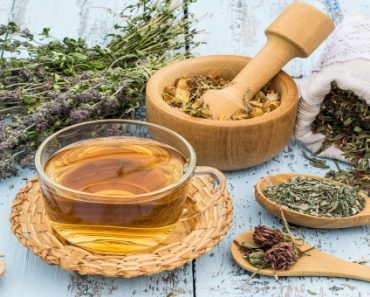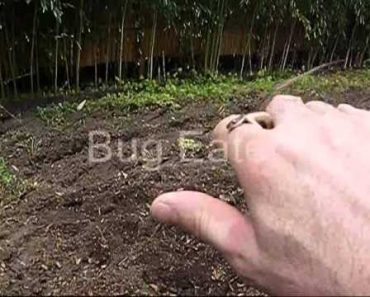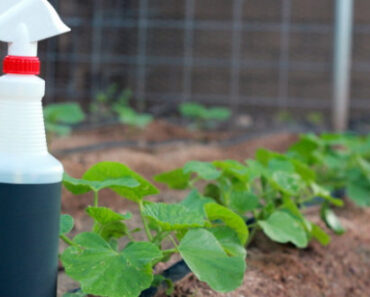
In Okinawa, Japan, heirloom adzuki beans are a staple ingredient in many dishes, including the traditional soup called “ofuji.”
Scientists Find Direct Relationship Between Heirloom Bean Consumption And Life Span
The Blue Zones Project, led by explorer Dan Buettner and a team of scientists, identified five regions around the world with high longevity and a better quality of life in old age. These regions are:
1. Okinawa, Japan
2. Sardinia, Italy
3. Nicoya Peninsula, Costa Rica
4. Ikaria, Greece
5. Loma Linda, California, USA (a community of Seventh-day Adventists)
Through extensive research and data analysis, the team discovered that these populations shared several common dietary and lifestyle habits, one of which was their high consumption of heirloom beans. On average, individuals in these regions ate at least half a cup of heirloom beans per day, which is a significant amount considering the global average of bean consumption.
The benefits of heirloom bean consumption extend beyond just their nutritional value. In these Blue Zones, beans are often a central part of their traditional cuisine, fostering a sense of community and cultural identity. They are also relatively inexpensive and easy to grow, making them accessible to people of all economic backgrounds.
Getting High-Quality Beans in Your Body
Some specific examples of how heirloom beans are incorporated into the diets of these longevity hotspots include:
-In Okinawa, Japan, adzuki beans are a staple ingredient in many dishes, including the traditional soup called “ofuji.”
-In Sardinia, Italy, fava beans are a common component of the island’s famous pecorino cheese, which is aged in caves for several years.
-On the Nicoya Peninsula, Costa Rica, black beans are a primary source of protein, often cooked with rice and served with fresh vegetables.
-In Ikaria, Greece, white beans are a key ingredient in the island’s famous soup, known as “fasolia.”
-In Loma Linda, California, Seventh-day Adventists enjoy a variety of beans, including lentils, chickpeas, and kidney beans, as part of their plant-based diet.
Why Are Heirloom Beans So Prominent In The Blue Zone?
The high consumption of beans in these Blue Zones can be attributed to several factors, including:
1. Cultural tradition: Beans have been a part of these cultures’ cuisine for generations, making them a familiar and beloved food.
2. Nutritional value: Beans are a rich source of protein, fiber, and micronutrients, making them an excellent choice for a healthy diet.
3. Affordability: Beans are often less expensive than other sources of protein, such as meat, making them accessible to people of all economic backgrounds.
4. Sustainability: Beans are a sustainable food source, as they require less water and land than other crops, and they help to improve soil quality through nitrogen fixation.
Incorporating Heirloom Beans To Maximize Health And Life-Span
Incorporating heirloom beans into your diet, even if it’s just a few times a week, can have a positive impact on your overall health and well-being. Some simple ways to add beans to your meals include:
-Adding beans to salads or soups
-Using beans as a protein source in tacos or burritos
-Making a bean-based chili or stew
-Incorporating beans into casseroles or pasta dishes
-Enjoying beans as a side dish, seasoned with herbs and spices
Remember, variety is key when it comes to beans. There are many varieties of heirloom beans, each with its own unique flavor, texture, and nutritional profile. Experiment with different varieties to find your favorites and enjoy the many benefits of this versatile and nutritious food.
Heirloom Beans Are A Legacy Worth Protecting!
As our modern food systems become more industrialized, the need to preserve traditional heirloom crops becomes even more pressing. Heirloom beans are more than just a nutritious food… they’re a living legacy that connects us to our agricultural roots. By making the choice to grow and eat heirloom beans, you’re not just doing something good for your health; you’re contributing to the preservation of crop diversity and food security.


























